Hands on: Nikon D5 and D500 cameras
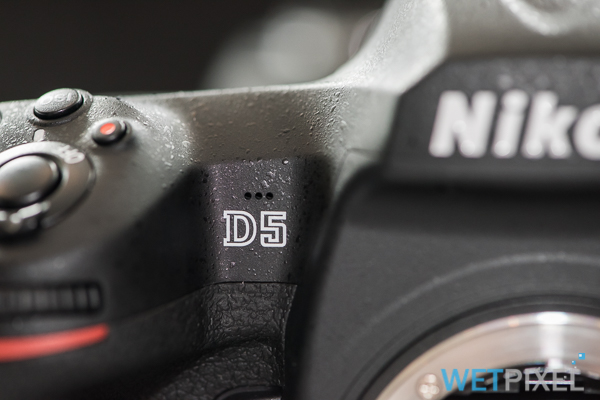
Nikon Professional Services UK held their first launch event for the new D5 and D500 SLR cameras in Manchester, UK yesterday. Wetpixel was on hand to take some pictures of the new cameras and to report on the event.
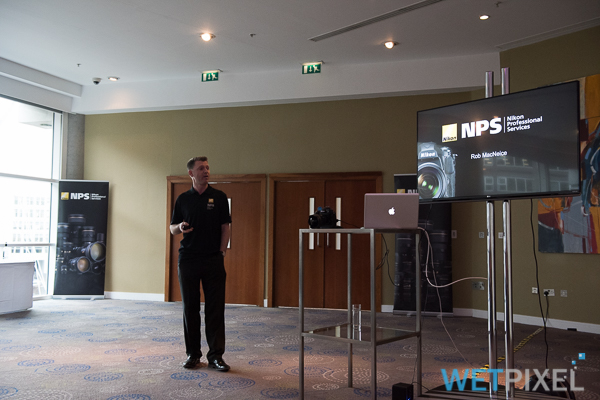
Nikon’s policy is to promote their new Pro level cameras to the NPS membership (an NPS member can priority preorder a D5 but not the D500 that is launching at the same time), so the day was primarily focused on the D5.
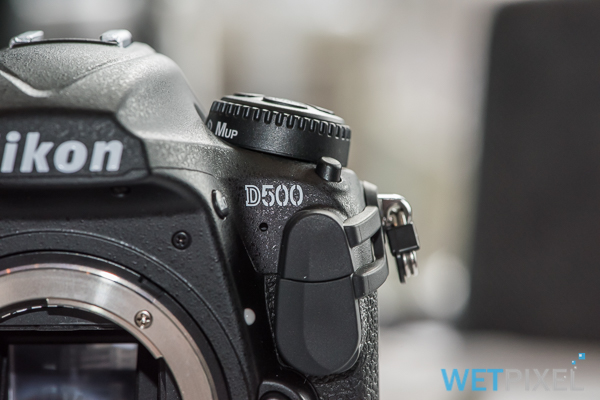
The D500 is arguably more important to underwater photographers, but as many of the features are shared, this is a useful exercise. There are currently only 2 prototype D5s and 1 prototype D500 in the UK, so this really was a preview! The firmware in the cameras was not the final version, so we were not able to shoot sample images.
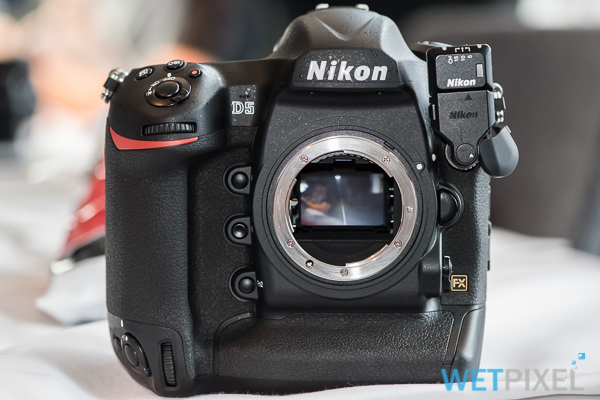
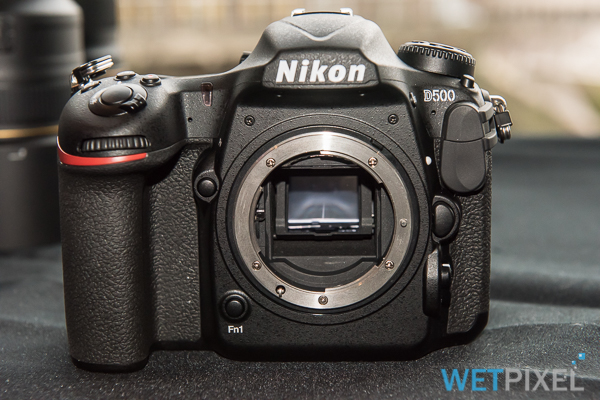
Nikon’s Rob McNeice talked us through the specs of the D5.
Sensor and image processing engine
The D5 features a new 20.8 MP sensor, designed to sit between the lower resolution of the existing D4s sensor, but not generate the huge files of the D810. ISO range is 100 to 102,000 native. This is expandable by a further 5 steps, giving a potential maximum ISO of 3.2 million. The camera will apply specific de noise algorithms to the additional steps. In practice, Rob said that the D5 has 2 additional stops of dynamic range over the D4s.
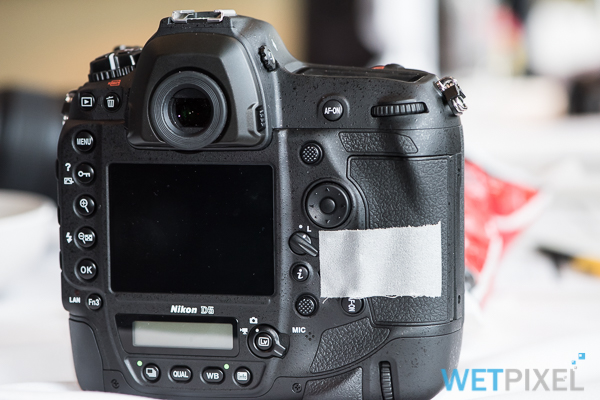

The D5 and D500 both have a new EXPEED 5 image processing engine, which allows shooting at 12fps (D5) and 10fps (D500) and with AF and metering on, and 14fps (D5) in mirror up mode (think static camera position shooting sports action for example). A unique feature is the addition of a new ASIC component that specifically and separately handles the AF processing. This allows for faster AF performance and image write speeds.
The D5 and D500 both offer three Auto White Balance modes, including mode “Auto 1” that: “Maintains a balance of the original subject color and the ambient lighting”.
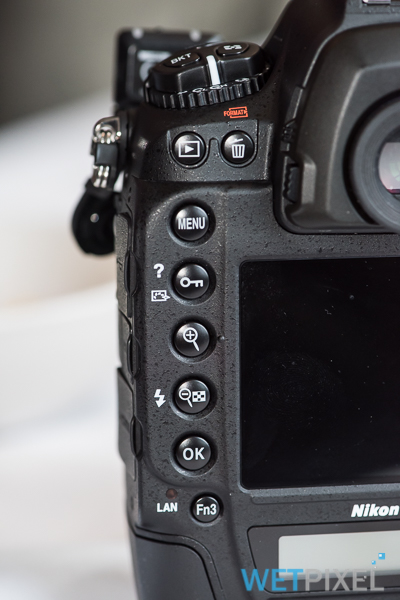
Metering is via Nikon’s Advanced Scene Recognition System with a new 180,000 pixel RGB sensor
Autofocus
A big improvement is the D5’s AF (the D500 shares the same headline specifications). The first change is that both cameras now have 153 field AF. This field consists of 55 selectable points and a further 98 AF “dots”. These “dots” help track subjects around the frame and hold focus. Of the 153 focus points, 99 are cross type (detecting light in both vertical and horizontal light patterns). 15 sensors support f8. These are also spread throughout the frame, with a pattern of cross type sensors at the sides of the frame, giving better AF performance when the camera is shooting vertically.
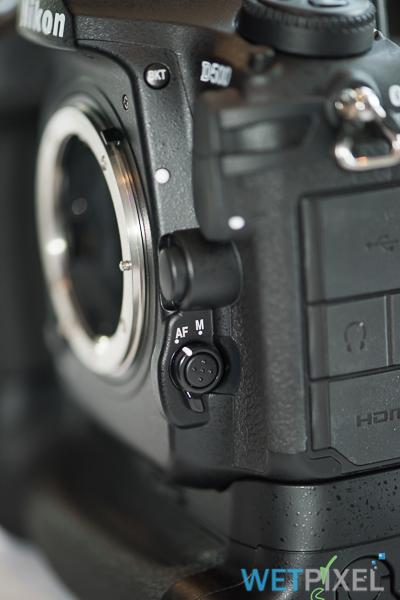
The camera has a new Multi-CAM 20K AF sensor module, that gives performance down to -4EV (astronomical twilight) with the center focus point and -3EV with the others.

In practice with the D500, the 153 points fill the entire viewfinder. This should make for very responsive tracking of subjects moving around the frame in the 3D tracking mode.
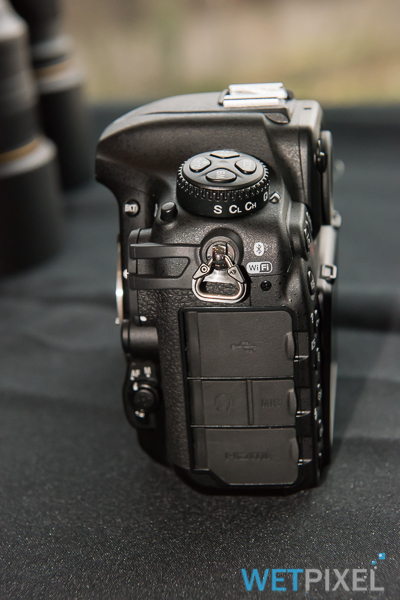
A question was raised about AF during video and although it is available, it uses contrast rather than phase detection, so is inherently less accurate. The suggestion is to use locked off focus when shooting video.
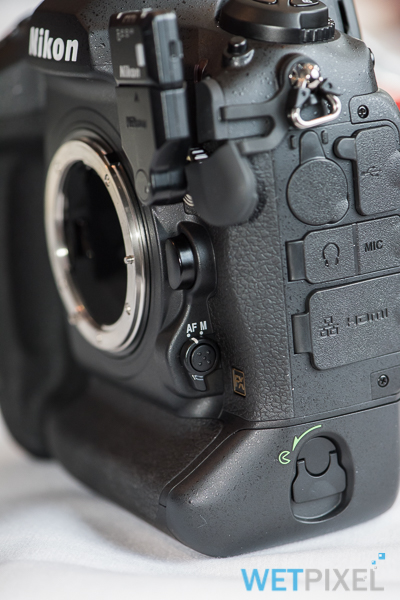
Video
The D5 offers UHD (3840 x 2860) video resolution at 30p. It offers color at 4.2.0 when recorded internally and 4.2.2 when recorded externally. Internal and external recording can be done simultaneously. It also offers 1920 x 1080 at 60p. The D5 produces native 4K and 1080 from the sensor.
Currently, there is a recording time limit of 2m59s for 4K with the D5, although this is actually 29min59s with the D500. Rob explained that this was to do with FAT32 file size limits and that he understood that an imminent firmware update will extend the 30 minute recoding time to the D5 either shortly before or just after the camera ships.

Cards
The D5 will ship with either dual XQD card slots, or with CF slots. Nikon feel that the use of CF cards with the D5 will limit that camera’s performance, and it is not recommended. The D500 has one SD and one XQD slot. Rob stressed that one of his most common user issues was to do with corrupted data on CF cards. Since introducing XQD into the D4 four years ago, he has yet to have similar complaint which, he feels, proves that the technology is mature and more stable than that of CF.
People buying the D5 will receive an XQD card and reader with the camera. Those buying a D500 will have to buy their own separately!
Controls and body
Both cameras offer a higher degree of control customization that has previously been offered by Nikon. Many buttons can have functions assigned to them that are not standard. The ISO button has been moved to a position adjacent to the on/off switch which shows the thought process that ISO is now an exposure control in its own right and needs to be controllable without removing the eye from the viewfinder.

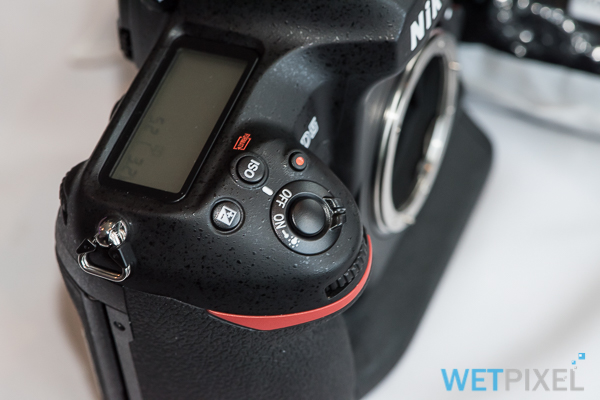
The Mode button is now where the ISO button was! ISO cannot be reassigned back to what is now the Mode button. This will create a challenge for housing manufacturers as it will add another control to the right hand side.
The D5 can have ISO assigned to the Vertical FN button, which may provide an option for housing control. It requires that the vertical shutter release button is unlocked, but can be used with the standard “horizontal” command dials. The D500 does not have this option.
The D5 has four user assignable Fn buttons. Two on the front in line with the Pv button, one on the rear left below the LCD screen, and one on the vertical control as mentioned above. The D500 has two, one on the front, and one on the rear left below the LCD screen as per the D5.
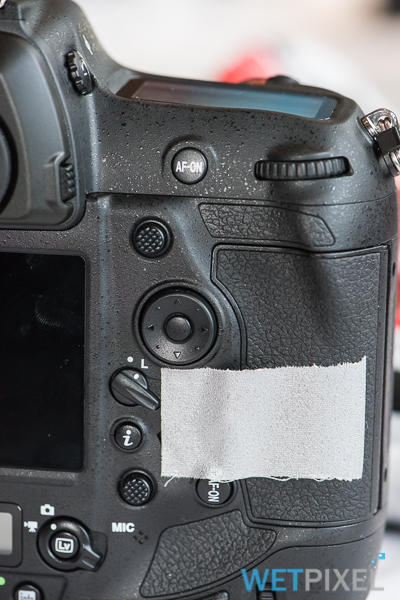
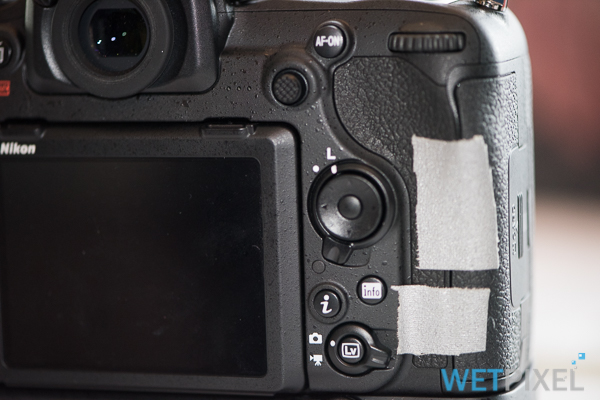
The D5 has the familiar Sub Selector “joystick” for selecting focus points etc. The D500 is now also equipped with this. It may also be a control that will be challenging for housing manufacturers, although if required, the Multi Selector can also be used to move the focus point.
Both cameras have viewfinders that give 1 x magnification and 100% of frame coverage. The D5’s is removable.
Perhaps not really significant for underwater use, the D5 and D500 both have touch screens that offer image review navigation and zoom. In the case of the D500, touch AF and White Balance is also available in Live View mode. Both offer the option of being able to enter text via touch screen.
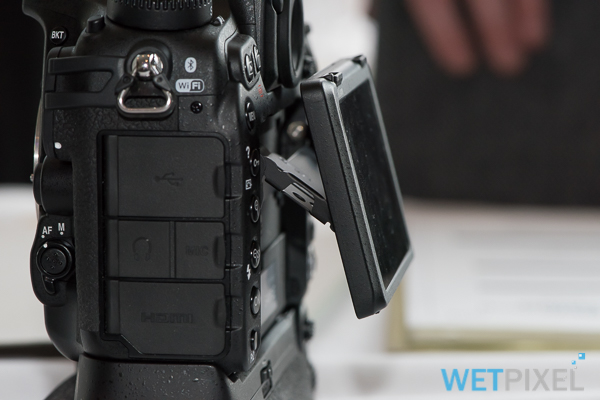
The D500’s screen will tilt, which may provide an opportunity for more user friendly positioning in housings.
The D5 has an all magnesium body, with full weather sealing. The D5 uses the EN-EL18e battery and the D500 uses the EN-EL15.
Lastly, Nikon have “re-shaped” the body of the D5 over that of the D4/D4s, so it is unlikely that any existing housings will work. The D500, of course is completely new, so will require a new housing entirely.
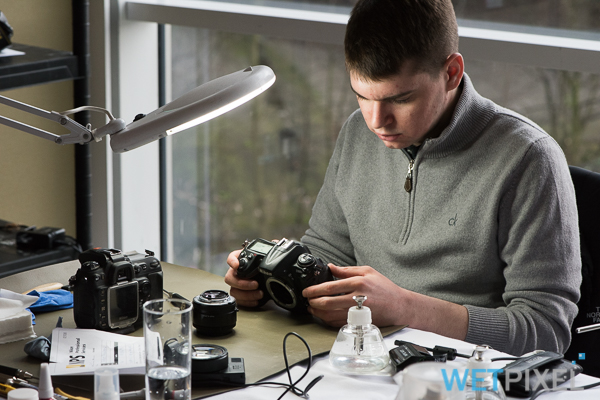
Availability and price
Both thee D5 and D500 will be shipping in the UK at the end of March. NPS members can have a priority allocation for the D5, but not for the D500. UK price is £5199 for the D5 and £1,729 for the D500.
Image slideshows
D500
D5:
Many thanks to Nikon Professional Services UK.